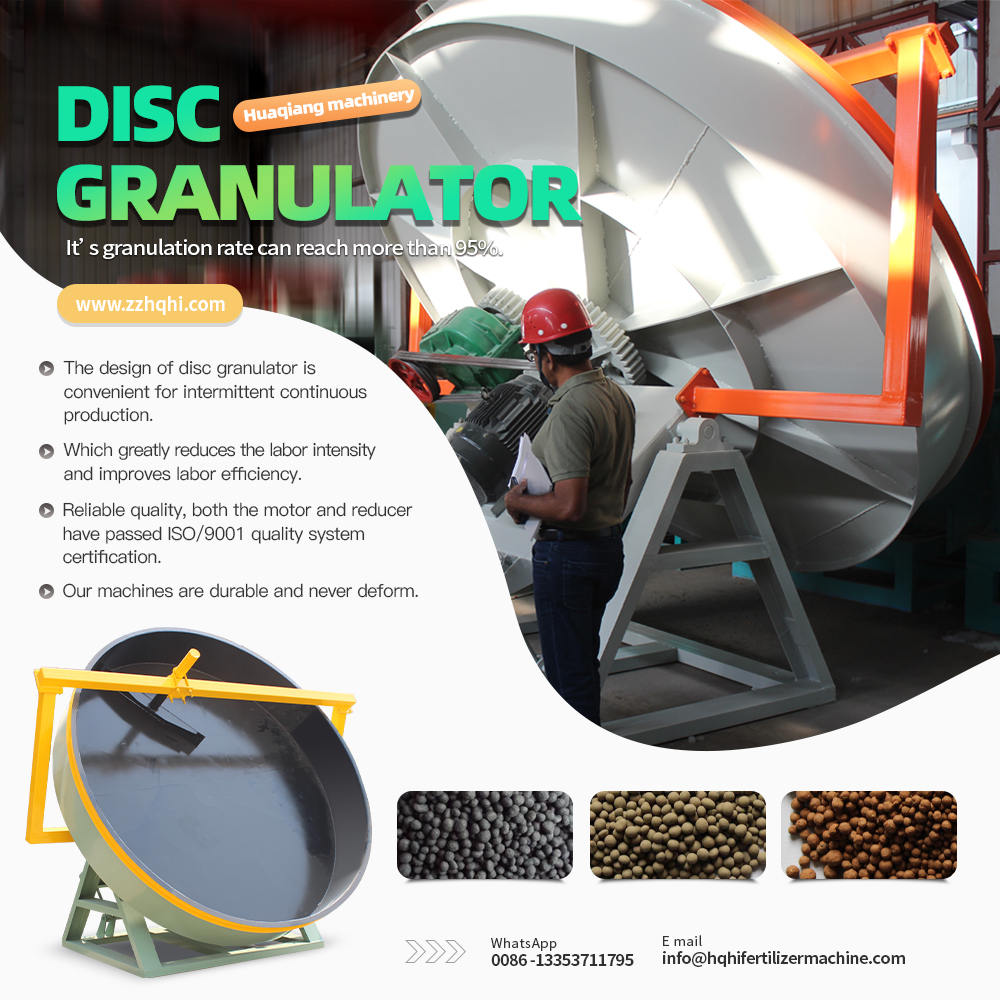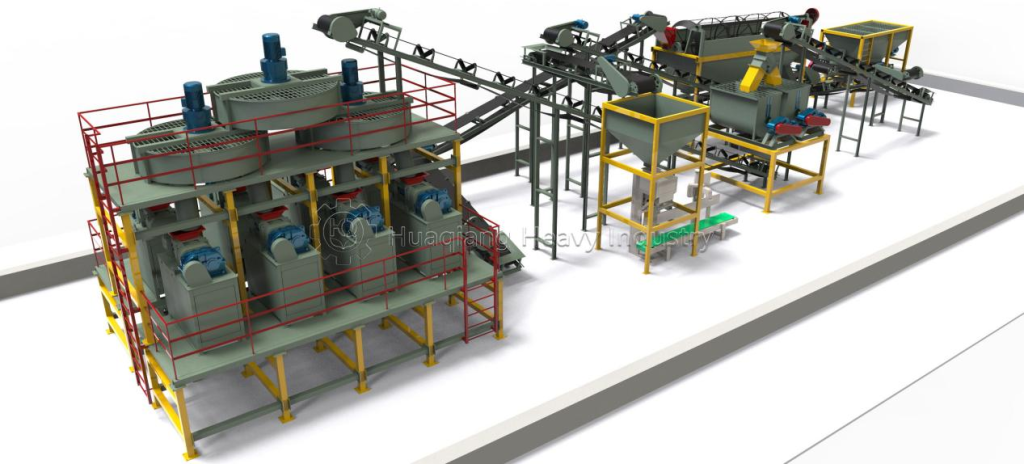In modern industrial production, material pulverization is a crucial step. Cage crushers, with their unique performance and efficient operation, stand out among numerous pulverizing equipment and have become a valuable tool in many industries.
Cage crushers are primarily designed based on the principle of impact pulverization. Their core structure consists of two counter-rotating cage rotors equipped with numerous impact bars or claws. When material enters the grinder through the feed inlet, it is rapidly propelled by the high-speed rotating cages. These cages typically rotate at speeds between 800 and 1500 rpm, generating strong centrifugal forces. Under this high-speed rotation, the material is subjected to multiple, intense impacts from the impact bars or claws of the counter-rotating cages.

In addition to the impact, the material also collides within the cages, generating shear forces that further aid in pulverization. This repeated impact and collision effectively reduces lumpy or larger particles into the desired fine size.
Moreover, operators can optimize the crushing effect and meet diverse production needs by adjusting parameters such as the cage crusher’s rotation speed, the number and arrangement of beating rods or claws, according to different material properties and finished product particle size requirements.


